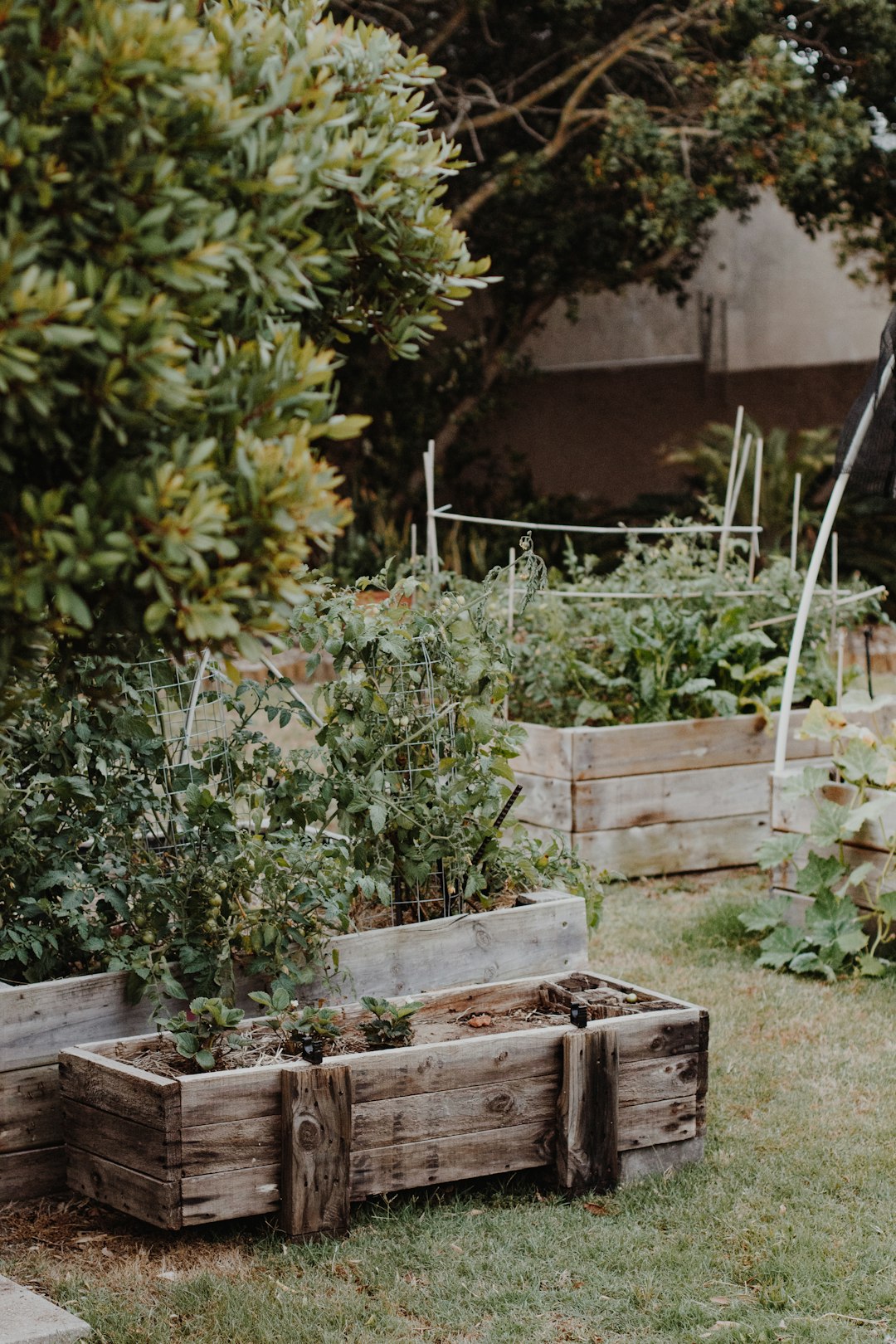Understanding Soil Types and Their Impact on Plant Growth
Soil is a vital component for the growth and development of plants. Its composition, structure, and fertility all play a crucial role in determining the success of a plant’s growth. There are several soil types, each with its own unique characteristics and properties. In this blog post, we will explore these different soil types and how they impact plant growth.
1. Sandy Soil:
Sandy soil is characterized by its gritty texture and poor water and nutrient-holding capacity. It drains quickly, making it difficult for plants to retain moisture and access essential nutrients. However, sandy soil is well-drained, preventing waterlogging and root rot. It warms up quickly in the spring, allowing for early planting. Suitable plants for sandy soil include succulents, cacti, and certain types of vegetables like carrots and radishes.
2. Clay Soil:
Clay soil is composed of tiny particles that stick together, resulting in a dense and heavy texture. It holds water and nutrients well but can become compacted and waterlogged if not properly managed. Clay soil takes longer to warm up in the spring and can easily become hard and dry during periods of drought. However, it has excellent fertility and is rich in minerals. Plants that thrive in clay soil include roses, shrubs, and certain types of fruit trees.
3. Silt Soil:
Silt soil has smaller particles than sandy soil but larger particles than clay soil. It retains moisture better than sandy soil and drains better than clay soil. Silt soil is smooth to the touch and nutrient-rich, making it ideal for a wide range of plants. It warms up more quickly than clay soil but retains heat better than sandy soil. Many vegetables, such as lettuce, spinach, and beans, grow well in silt soil.
4. Peat Soil:
Peat soil is formed from partially decomposed plant materials in waterlogged conditions. It is highly acidic and retains water well. Peat soil is dark in color and crumbly in texture. While it is rich in organic matter, it lacks essential minerals for plant growth. It is often used as a soil amendment rather than a primary growing medium. Acid-loving plants like azaleas, blueberries, and rhododendrons benefit from peat soil.
5. Loamy Soil:
Loamy soil is considered the ideal soil type for plant growth as it combines the best qualities of sand, silt, and clay soils. It has a balanced texture with good drainage and water retention capabilities. Loamy soil is fertile, easy to work with, and contains essential nutrients necessary for plant growth. It warms up quickly in the spring and promotes healthy root development. A wide variety of plants, including most vegetables, flowers, and shrubs, can thrive in loamy soil.
Understanding the soil type in your garden is crucial for successful plant growth. You can determine your soil type by observing its texture, conducting a simple soil test, or consulting a professional. By understanding the characteristics of different soil types, you can make informed decisions about which plants to grow and implement appropriate soil management techniques.
If you have sandy soil, consider adding organic matter, such as compost or manure, to improve its water and nutrient-holding capacity. For clay soil, incorporate organic matter to improve drainage and prevent compaction. Silt soil may require regular amendments to maintain its fertility, while peat soil may benefit from the addition of lime to reduce acidity.
In conclusion, soil type plays a vital role in determining the success of plant growth. Understanding the unique characteristics and properties of each soil type allows gardeners to make informed decisions about plant selection and appropriate soil management techniques. By optimizing the soil conditions for your plants, you can ensure healthy growth, vibrant blooms, and bountiful harvests.

